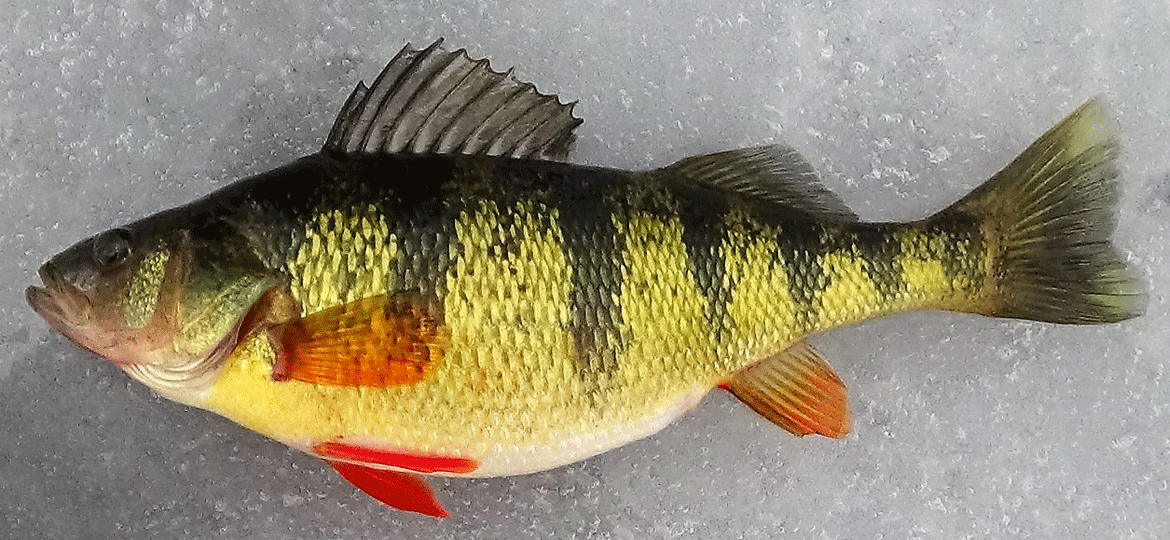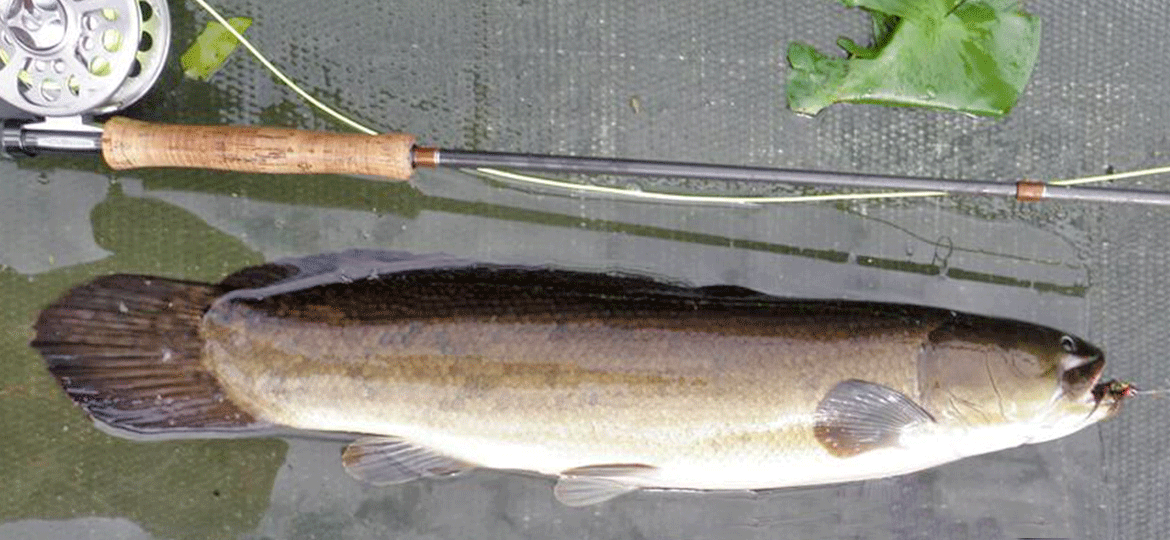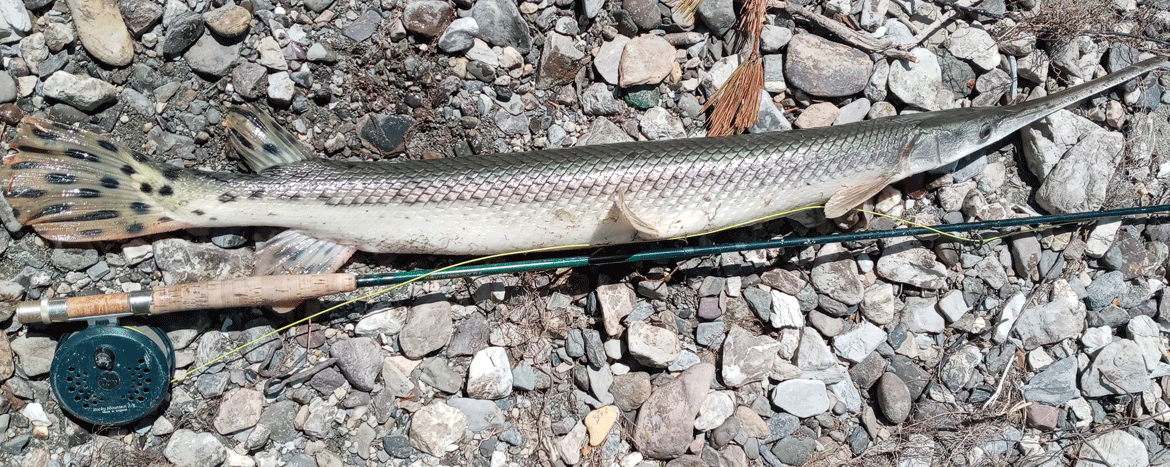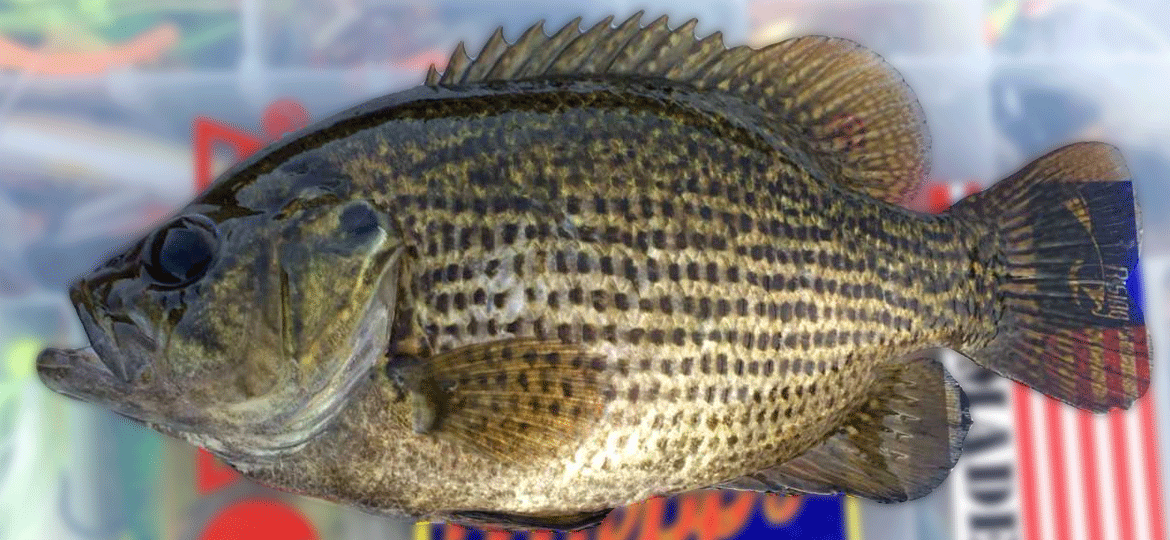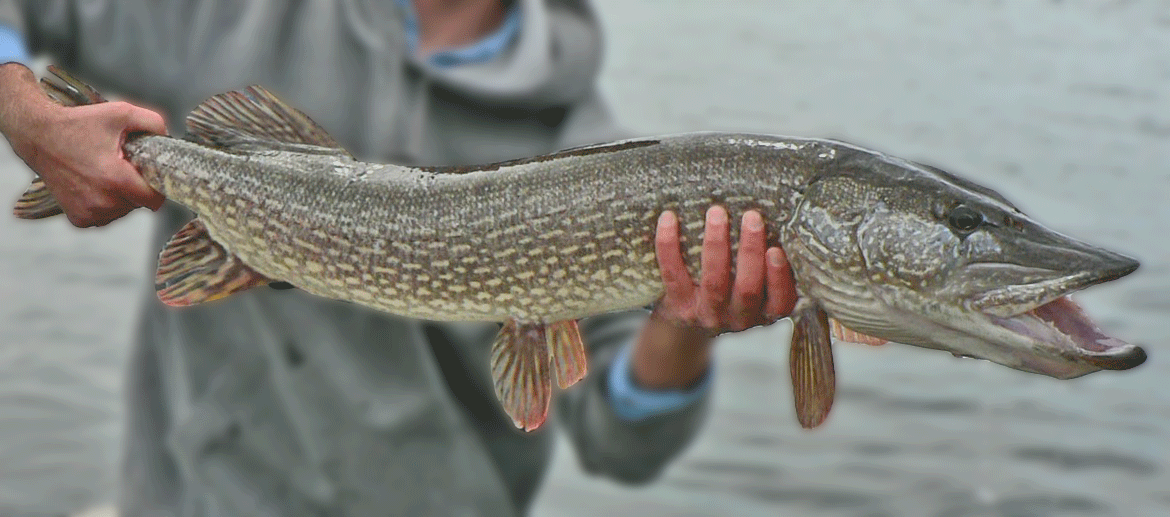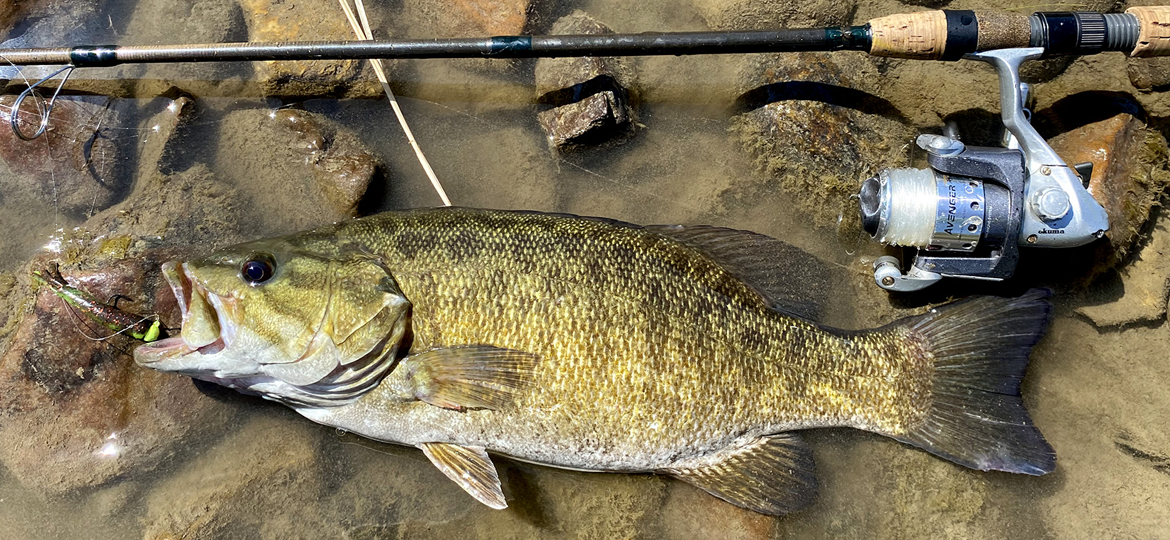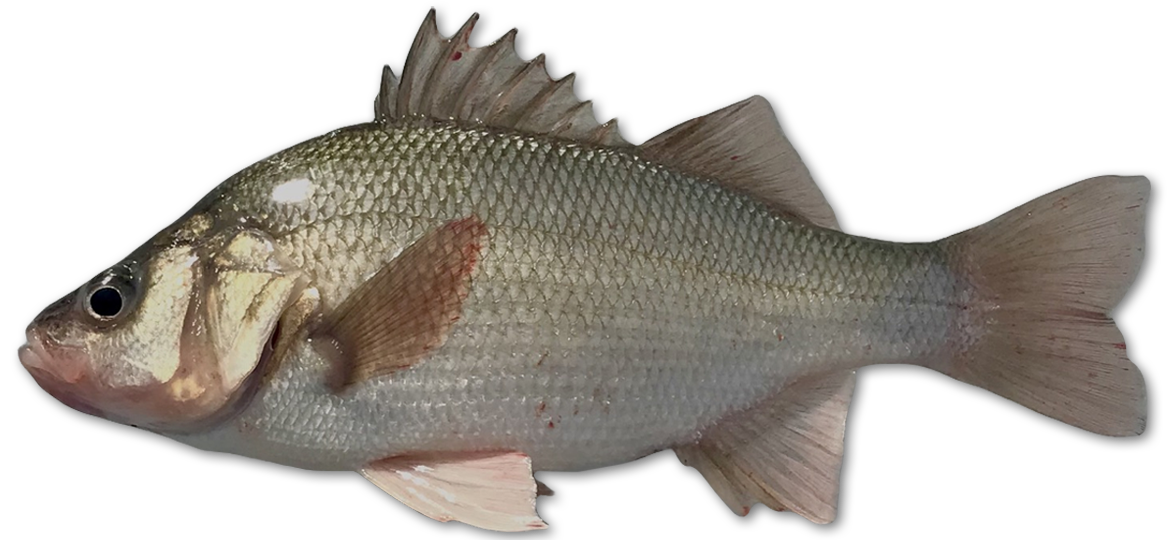Slimy Sculpin
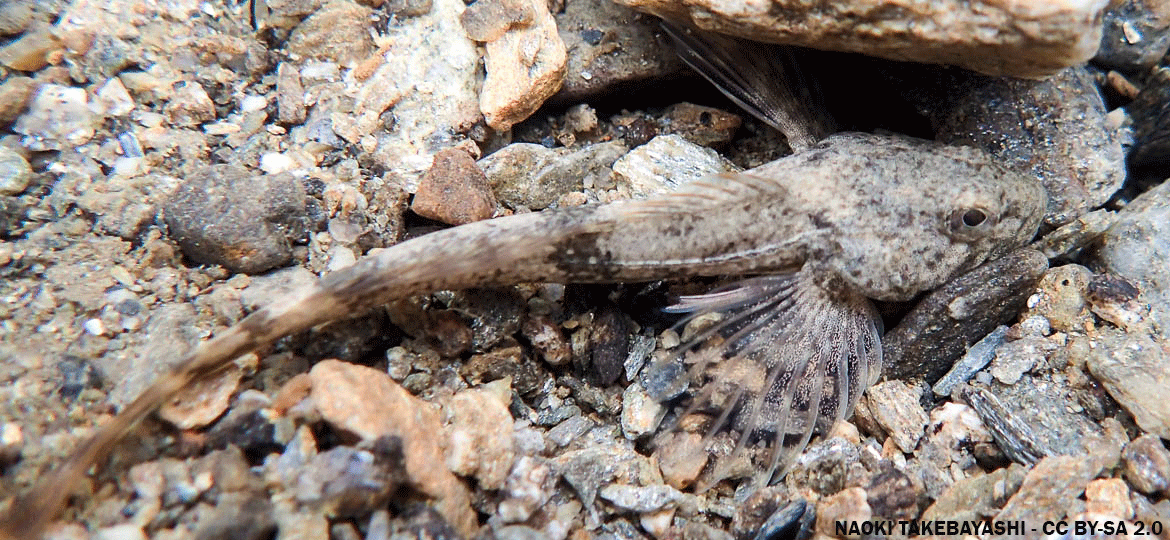
Slimy sculpin (Cottus cognatus) are distinguishable by their short body, beginning with a larger head that tapers towards the tail. Their mouth extends to below the front half of the eye and on the end of the preopercle (rear gill) is a backward-pointing spine.

